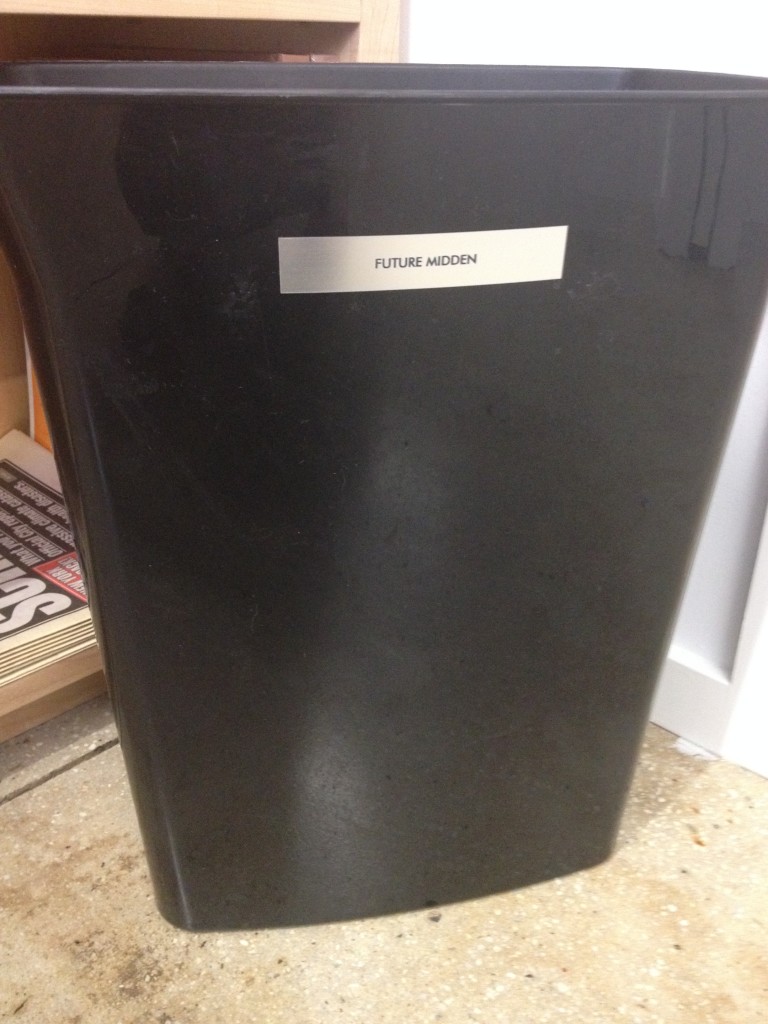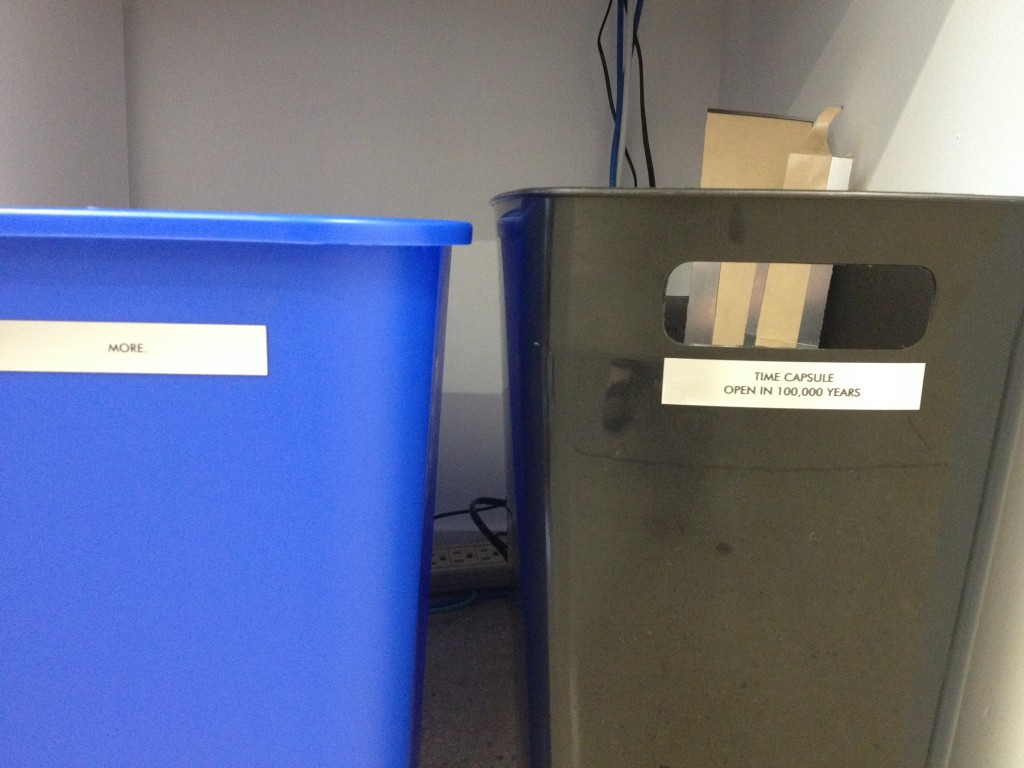Leading up to the workshop I co-led in Minneapolis
Future Topophagies (documentation HERE),
I looked at a lot of picnic references.
You can access the material you see below in a more visible form HERE.

ANIMALS, PEOPLE AND THOSE IN BETWEEN
Leading up to the workshop I co-led in Minneapolis
Future Topophagies (documentation HERE),
I looked at a lot of picnic references.
You can access the material you see below in a more visible form HERE.
We are starting The Fungus Among Us, a 7 week course at ITP.
One of my goals is to build a materials library to test
– species differences
– color (in the substrate, after the material has grown)
– sealants
– pliability
– thinness
– carvability
using
– natural dyes,
– varnishes,
– fibers,
– beeswax
growing in burlap – shaped
use bamboo skewers to create armatures
A slurry in a 3D printer nozzle
What other alkaline substrates are useful besides coffee chaff and oat straw?
How thin can the material be?
How flexible?
What organic materials can be introduced into the substrate that extend its elasticity, density, porosity?
Can you grow more mycelium on “dead” (baked) inoculated substrate? This would allow you to repair or add new parts later
Are there protocols for this kind of r + d?
Left these test bricks for 30 days, and came back to living edible architectural edges. They were a bit rubbery but delicious oyster mushrooms (though they look more like coral reefs):
Here are some images from a workshop I co-organized with Valentine Cadieux and Steve Dietz through the University of Minnesota and Northern Lights in Minneapolis, MN at the end of September 2014. The workshop was staged in conjunction with the show thinking making living at the Nash Gallery at the U of MN. We couldn’t have run this without the generous coordination of Christine Baeumler. And I’d have been helpless without Valentine Cadieux. It was an exciting, fast, and very productive process. I *think* everyone had a good time and got a lot out of the experience.
We drew from a set of seven constraints, imagined future picnics based on those constraints, and at the end of day two, prototyped the food and packaging we’d use if we were to make such a public event. I will be writing up the scenarios shortly.
While these participants came from art, social science, history, ecocriticism, architecture, biology, climatology, and politics, I think you could run this workshop with a wide variety of people and publics, and turn up relevant, and resonant results.
Participants: Stephen Sebestyen, Laura Bigger, Teréz Iacovino, Matthew Tucker, Sarah Peters, Cam Gordon, Tracey Deutsch, Karen Moss, Sandra Teitge, Aaron Dysart, Andrea Steudel, Molly Balcom Raleigh, Christine Baeumler, Kenny Blumenfeld, Shanai Matteson, Sarah Nassif, Molly Reichert, Ryan Seibold, Bunmi Odumuye, Emily Stover, interns Andrea, Marie, and Della, and Janaki Ranpura (in spirit and email)
Images: M Zurkow, V Cadieux and Sarah Nassif.
More images by Laura Bigger here.
I adopted some trash cans at the new Creative Capital offices, to help them raise money. This entitled my supported objects to some plaques. Here they are: 
